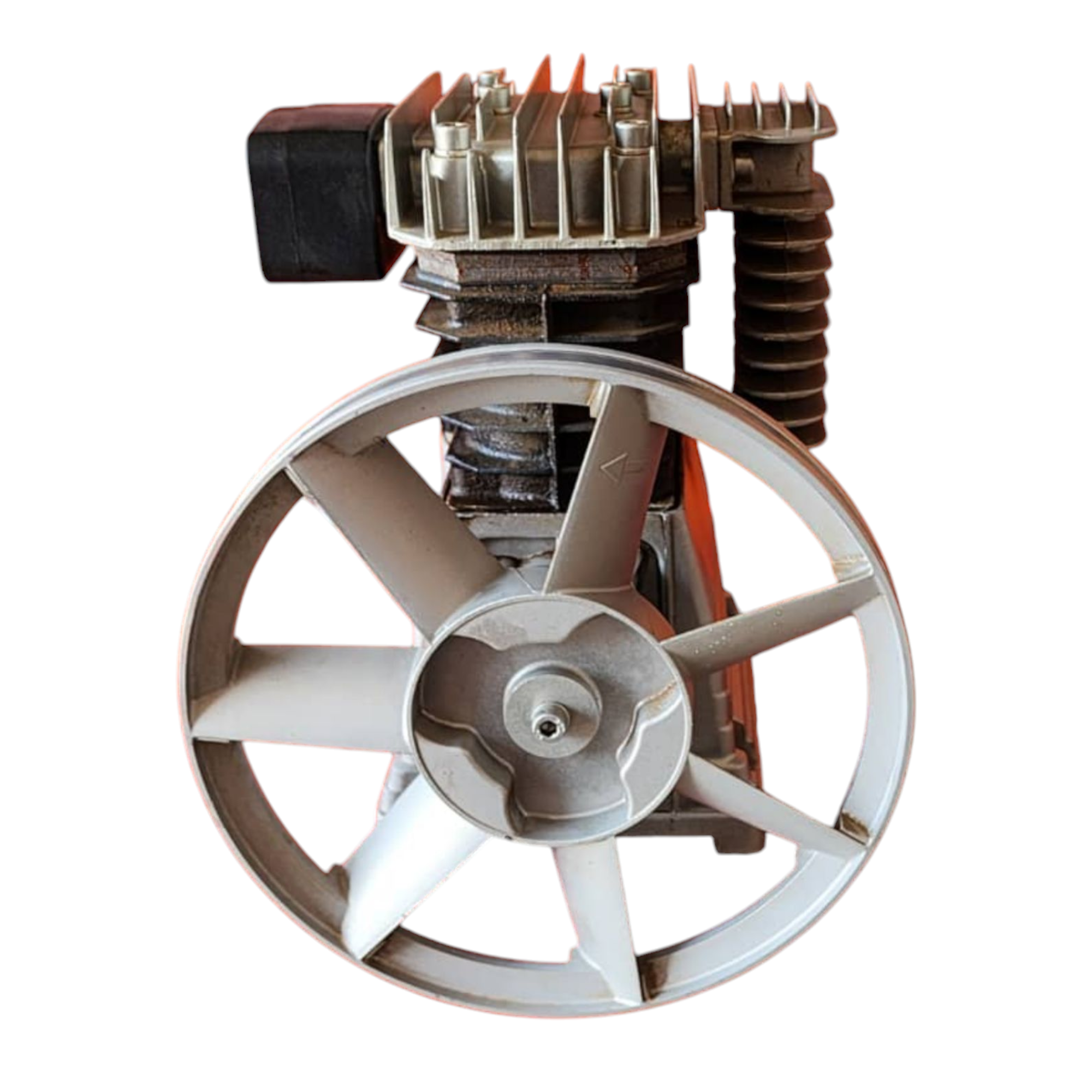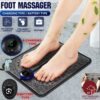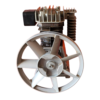Air compressor pistons are crucial components in reciprocating (piston-type) air compressors, responsible for compressing air by moving up and down within a cylinder. Here’s a detailed overview:
1. Function of Pistons in Air Compressors
- Compression: The piston moves downward to draw air into the cylinder, then upward to compress it against the cylinder head.
- Sealing: Piston rings ensure an airtight seal, preventing air leakage during compression.
- Power Transmission: Converts the rotary motion of the crankshaft (via the connecting rod) into linear motion.
- 2. Types of Pistons in Air Compressors
- Single-Acting Pistons: Compress air in one direction only (typically upward). Common in small, portable compressors.
- Double-Acting Pistons: Compress air on both upward and downward strokes, improving efficiency (used in industrial compressors).
- Trunk Pistons: Common in smaller compressors, similar to automotive pistons.
- Crosshead Pistons: Used in large industrial compressors for better alignment and reduced cylinder wear.
3. Materials Used
- Aluminum Alloy: Lightweight, good heat dissipation (common in smaller compressors).
- Cast Iron / Steel: Durable, used in heavy-duty industrial compressors.
- Piston Rings: Usually made of carbon steel, cast iron, or PTFE for sealing.
4. Common Piston Problems & Solutions
- Worn Piston Rings → Loss of compression; replace rings.
- Scored/Cracked Piston → Due to overheating or lack of lubrication; replace piston.
- Carbon Buildup → Causes sticking; clean cylinder and piston.
- Knocking Noise → Misalignment or worn connecting rod/bearings; inspect and repair.
5. Maintenance Tips
- Regular Lubrication: Ensure proper oil levels (for oil-lubricated compressors).
- Clean Air Filters: Prevent dirt from entering the cylinder.
- Inspect Piston Rings: Replace if worn to maintain compression efficiency.
- Monitor Temperature: Overheating can damage pistons; check cooling systems.
6. When to Replace a Piston
- Excessive wear or scoring on the piston surface.
- Persistent loss of pressure despite ring replacement.
- Visible cracks or damage.
7. Upgrading Pistons
- For better efficiency, consider low-friction coated pistons or high-temperature alloys in demanding environments.







Reviews
There are no reviews yet.